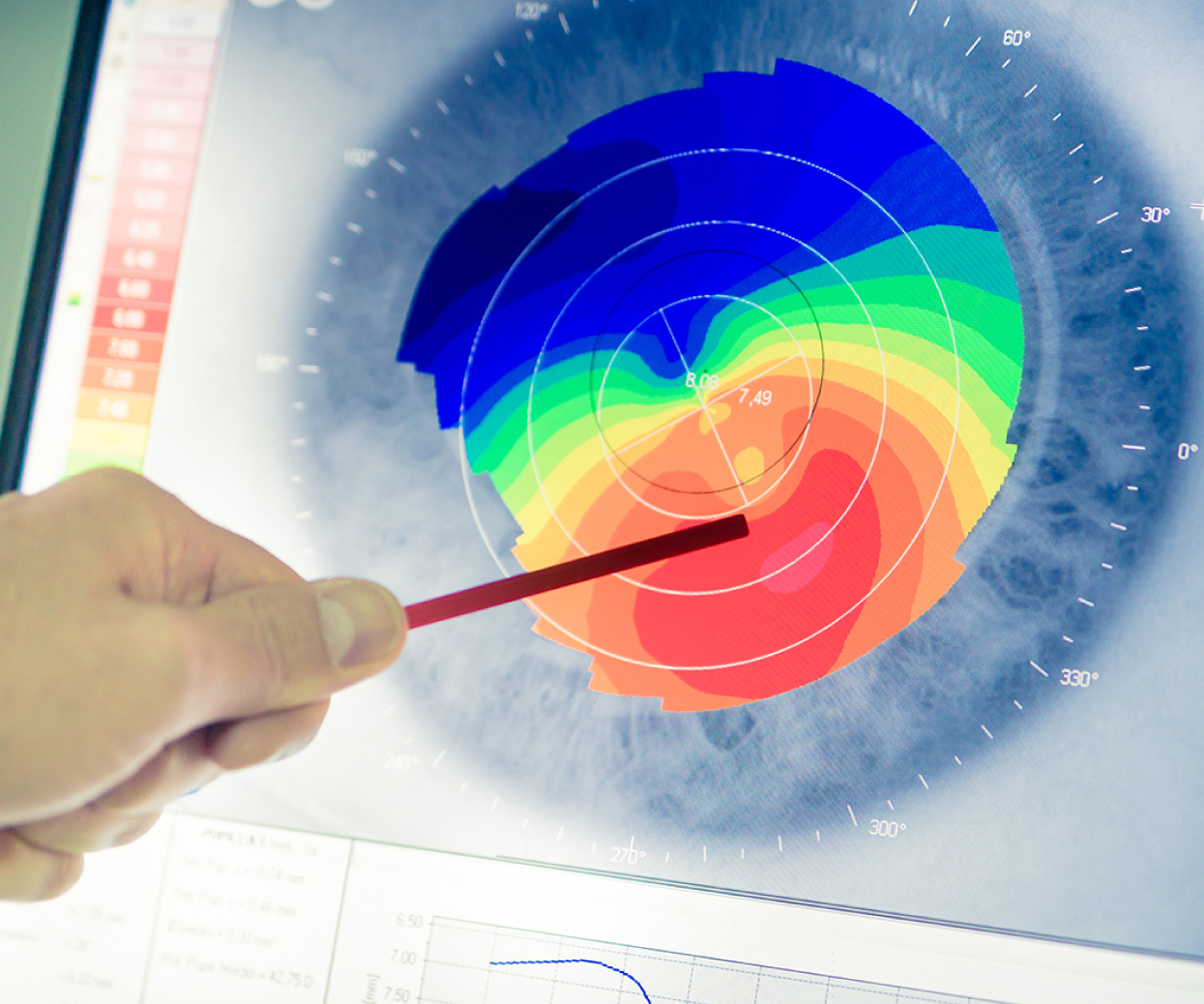
Diagnosis, follow-up and treatment of glaucoma
Dr. Muhammad Hantira is always asked, Honorary Assistant Professor, Ophthalmology Department, Umm Al-Qura University, Saudi Arabia
How can this disease be diagnosed?
Here was Dr. Hanatera's answer:
By measuring intraocular pressure periodically over the age of forty, as well as a careful examination of the optic nerve during an examination of the fundus. In some cases, we resort to examining the visual field with very advanced devices in order to record the function of the optic nerve with utmost accuracy.
Does the treatment last for a limited time or for life?
Medicinal treatment lasts for life, with periodic follow-up.
What is new in diagnosing glaucoma?
There are now modern devices for imaging the optic nerve with laser. This examination is important to confirm the diagnosis and determine the extent of damage to the optic nerve, and then determine the appropriate treatment.
What are the necessary examinations and modern methods to diagnose and follow-up glaucoma patient?
• Visual field examination: This examination aims to know the sensitivity of the retina and the optic nerve at each point of the visual field. This examination is done by modern computer-powered devices that analyze the results of the examination to determine the extent of the functional impact of the optic nerve by glaucoma.
• Laser tomography of the nerve fibers and the optic nerve (OCT): recently, the optic nerve can be imaged with a laser to measure the thickness of the nerve fibers, to determine the extent of the anatomical susceptibility of the optic nerve to glaucoma.
How can I treat this disease?
Dr. Hantara explained:
The treatment methods differ according to the intraocular pressure, the extent of the optic nerve being affected and the patient’s response to eye drops, and the treatment methods offered are of two types:
• Drug treatment with drops that reduce intraocular pressure by reducing the secretion of aqueous fluid inside the eye in order to match the rate of formation with the rate of elimination, and thus the intraocular pressure is regulated.
• Surgical treatment with infiltration surgery or implantation of valves regulating eye pressure.
What are the processes of glaucoma?
Glaucoma operations aim to create a passageway that contributes to the expulsion (filtering) of the aqueous fluid from inside the eye to the subconjunctiva where it is absorbed by the capillaries.
What is the implantation of valves regulating eye pressure?
There are now several types of modern valves that are installed on the eye in order to allow the drainage of the watery fluid trapped inside the eye, for example the “Ahmed valve” (referring to the Pakistani scientist “Mattin Ahmed” who invented this valve), and also the “Molteno valve”, More recently, the "Express Valve" and finally the "Meggs device", which led to a breakthrough in the surgical treatment of glaucoma.
The valve body is fixed on the sclera of the eye from the outside (under the conjunctiva), and the valve’s microtubule is implanted in the anterior cabinet to allow the aqueous fluid to pass from inside the eye to outside, and thus the elevated eye pressure is reduced to normal limits.
In the center of Dr. Mohamed Hantira, the best ophthalmologist, glaucoma is diagnosed early through a periodic examination of the eye, and a tomography of the optic nerve and field of vision is made to determine the degree of nerve fibers affected by the disease, and then provide the optimal treatment for the patient, either with drops or by performing the glaucoma operation with or without placing valve.